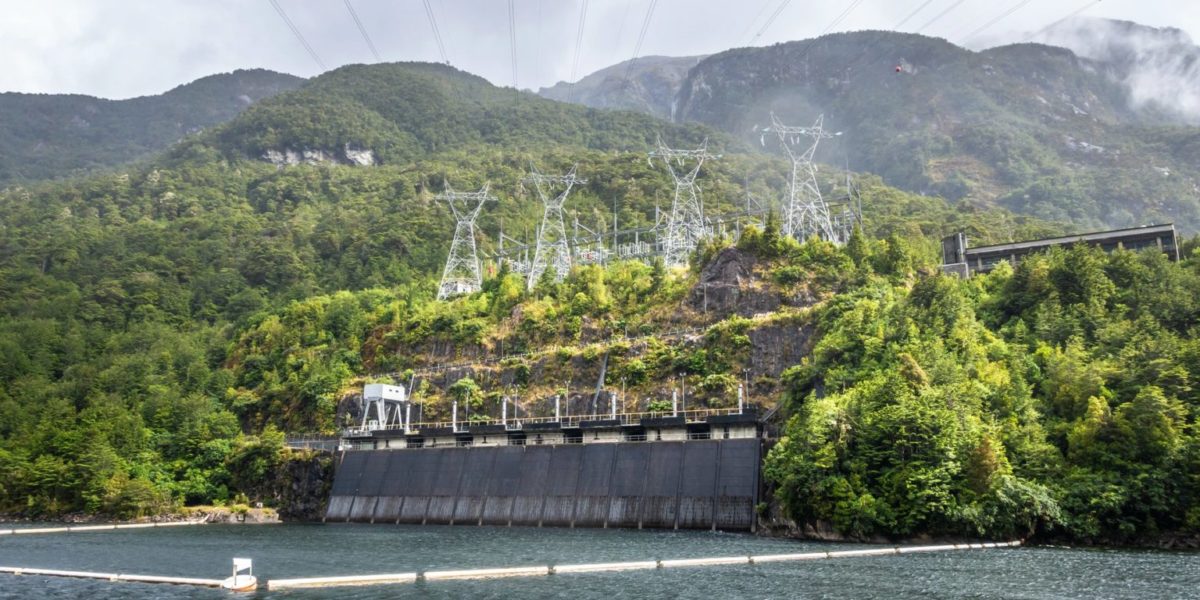After 80 companies expressed in the project last year, the shortlist has been whittled down to two, with billionaire Andrew “Twiggy” Forrest’s Fortescue Future Industries (FFI) facing off against gas giant Woodside. The pair are now entering final negotiations to develop the reportedly AUD 4.5 billion ($3.1 billion) project.
Southern Green Hydrogen, which proposed the megaproject, is a joint venture between New Zealand power providers Meridian Energy and Contact Energy. It was set up in June 2021 to explore the opportunity of producing green hydrogen on New Zealand’s southernmost tip, following the announcement that Rio Tinto would close its Tiwai Point aluminum smelter, which is primarily powered by a Meridian hydroelectric plant.
The vision is to build a 600 MW facility which would use the power from Meridian’s Manapouri hydro scheme to energise hydrogen electrolysers, producing green hydrogen or green ammonia for export. According to Meridian Energy CEO Neal Barclay, the proposals received from both FFI and Woodside made it clear a Southland hydrogen facility would be both technically feasible and commercially sound, and both companies would be capable of delivering it. FFI and Woodside have now been asked to provide more detailed proposals to Southern Green Hydrogen by the end of August, with the final selection of lead developer to be announced soon after.
Rio Tinto has since wavered on its decision to close the Tiwai Point smelter, but the New Zealand media have quoted Meridian’s Barclay as saying that the company does not plan to continue Rio Tinto’s current energy contract, even if it wanted to keep its smelter operating. Likewise, spokespeople for Meridian have said the Southern Green Hydrogen project is not contingent on the smelter closing.
Popular content
Hokonui representative and Ngāi Tahu lead for the green energy programme, Terry Nicholas, who has been closely involved with the project, believes the facility and its wider infrastructure could cost around NZD 5 billion ($3.2 billion). According to him, four potential sites for the facility have been identified.
Like Australia, New Zealand is keen to secure some of the green hydrogen market. Its government and private sector have committed around NZD 200 billion to support the development of the burgeoning industry.
The allure of a project with an already secured and established renewable energy input is no doubt vast – especially for FFI which is hoping to live up to the hype its created around itself, targeting 15 million tonnes of green hydrogen production by 2030.
The allure also holds true for Woodside, which is facing sharp and renewed criticism over its Scarborough gas project, a sustained focus environmental group Greenpeace. Woodside is looking to stay relevant through its move into hydrogen, but is notably pursuing both blue (hydrogen made from fossil gas) as well as some green, renewable projects.
This content is protected by copyright and may not be reused. If you want to cooperate with us and would like to reuse some of our content, please contact: editors@pv-magazine.com.



3 comments
By submitting this form you agree to pv magazine using your data for the purposes of publishing your comment.
Your personal data will only be disclosed or otherwise transmitted to third parties for the purposes of spam filtering or if this is necessary for technical maintenance of the website. Any other transfer to third parties will not take place unless this is justified on the basis of applicable data protection regulations or if pv magazine is legally obliged to do so.
You may revoke this consent at any time with effect for the future, in which case your personal data will be deleted immediately. Otherwise, your data will be deleted if pv magazine has processed your request or the purpose of data storage is fulfilled.
Further information on data privacy can be found in our Data Protection Policy.